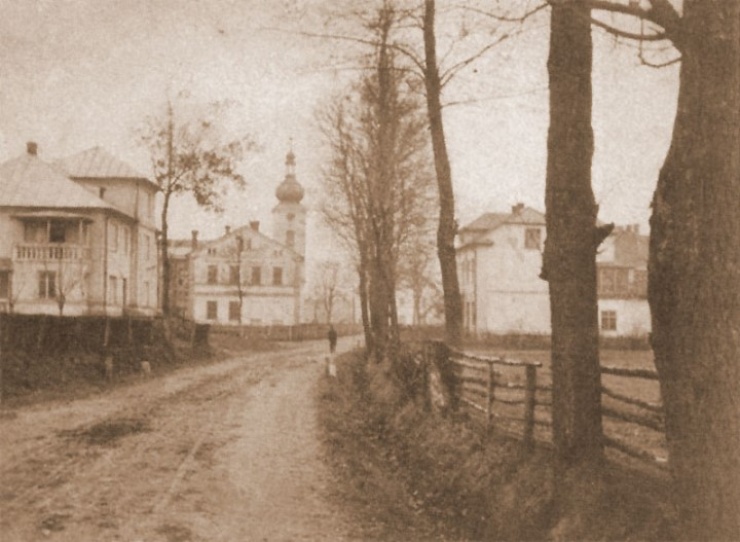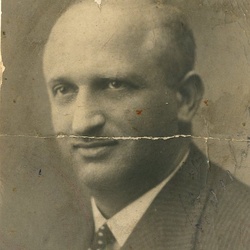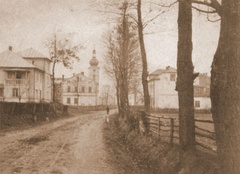Zarzecze
Pronounced “Zah-ZHEH-cheh“ (Czech: Zářičí, German: Zarzitz/Zarzitsch)
Part of the historic region of Cieszyn (Teschen) Silesia, the village of Zarzecze came under the rule of the Austrian monarchy in 1653. During this time all Jews were banned from the area and would not be allowed to return until 1713. In 1745, the Empress Maria Theresa attempted to again expel Jews from Silesia. However, many local noblemen relied on the work of Jewish craftsmen and successfully protested against the measure.
The first recorded Jewish resident of Zarzecze, Jakub Mojżesz (or Moses), owned an inn in the village in the late 1700s. Little else is known about the Jewish community for the next hundred years. By the early 1900s, the Jews of Zarzecze had established close ties with the Jewish communities in the nearby towns of Chybie and Bielsko. Zarzecze operated its own Talmud Torah or Jewish elementary school.
As citizens of the multiethnic Austro-Hungarian Empire, the Jews of Zarzecze often spoke multiple languages. Families commonly knew both Polish and German as well as the Jewish language of Yiddish. A number of Jews, including Natan Elsner, a shop owner, fought for the Austro-Hungarian Empire during World War I (1914-1918). Nonetheless, multiple Jewish storeowners were unfairly blamed for shortages and higher food prices during the war. In some cases Jews were even arrested and fined.
After World War I, Zarzecze became part of the newly independent country of Poland. In the 1920s, Jews held a number of different jobs ranging from innkeepers to barbers to traveling salesmen. One resident of the village later remembered how Jews contributed to the local economy and society, buying products from farmers and supporting workers during a 1936 strike. Though the Catholic and Jewish communities of the town remained observant of their respective religious traditions, they often socialized as their children played together and attended the same schools.
Tragically, the two communities’ coexistence was disrupted as anti-Jewish violence escalated throughout the 1920s and 1930s, especially against Jewish-owned businesses. In 1922 an antisemitic gang broke into the small hotel owned by Leon Sternlicht, the grandfather of Survivor Edith Mincberg. Leon’s son Maurycy was killed during the robbery. The rise of Hitler in 1933 and the 1935 death of former Polish Prime Minister Józef Piłsudski further encouraged antisemitic groups. Demonstrations in 1937 promoted slogans such as “Don’t buy from a Jew.”
The German army invaded Poland on September 1, 1939. Jewish residents found living in Zarzecze were executed and transported to killing centers. Some fled eastward to lands the Soviet Union then invaded and occupied later that month. Many were ultimately killed in cities such as Smolensk or Lwów (L’viv). The handful of Jews from Zarzecze who survived the war emigrated to the U.S. or Israel. Today no Jews live in the village.
Zarzecze: Photographs & Artifacts
-
 Center of the Zarzecze village, before 1955. Wikimedia Commons / Public Domain
Center of the Zarzecze village, before 1955. Wikimedia Commons / Public Domain
Destroyed Communities Memorial Slope
Zarzecze: Survivors

Samuel Sternlicht was born in Zarzecze, Poland on October 20, 1894.
